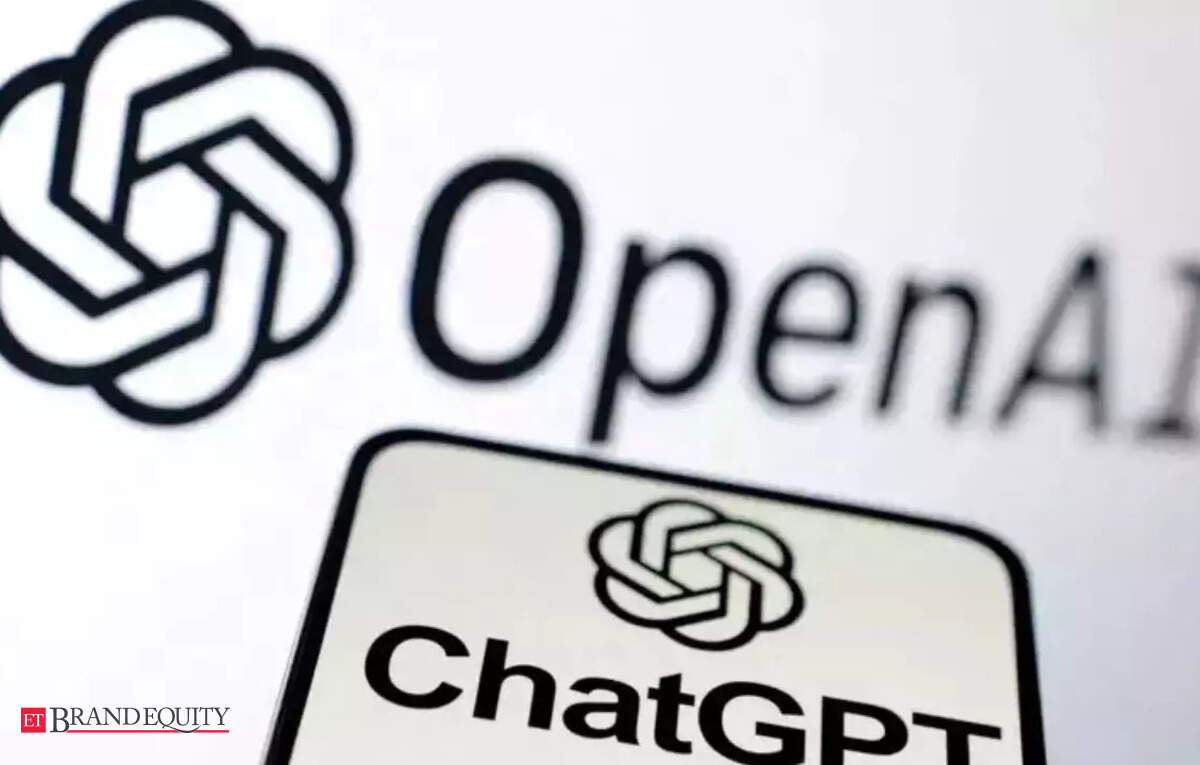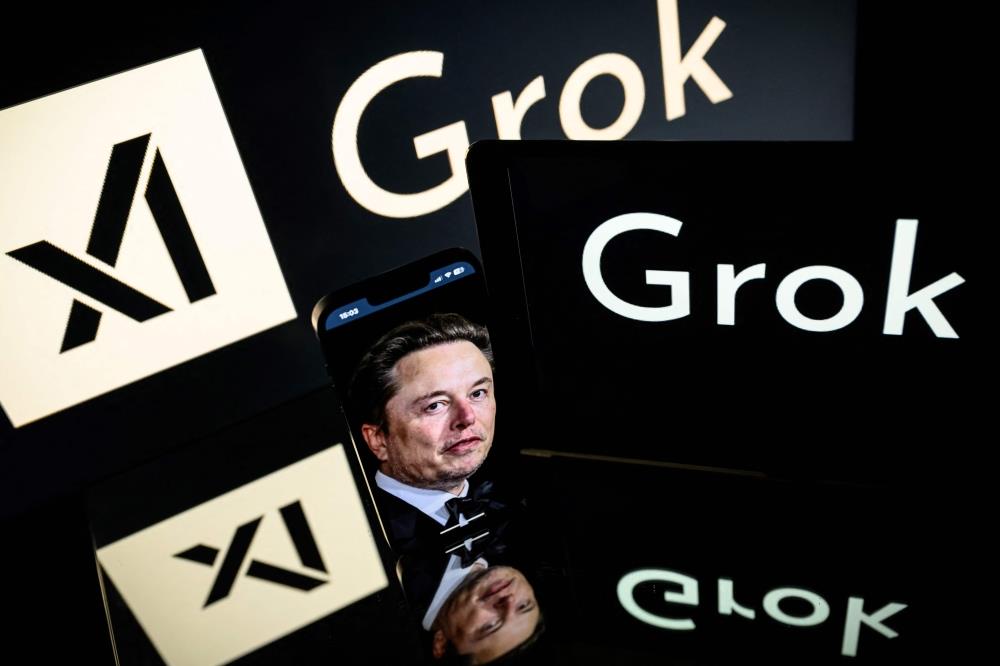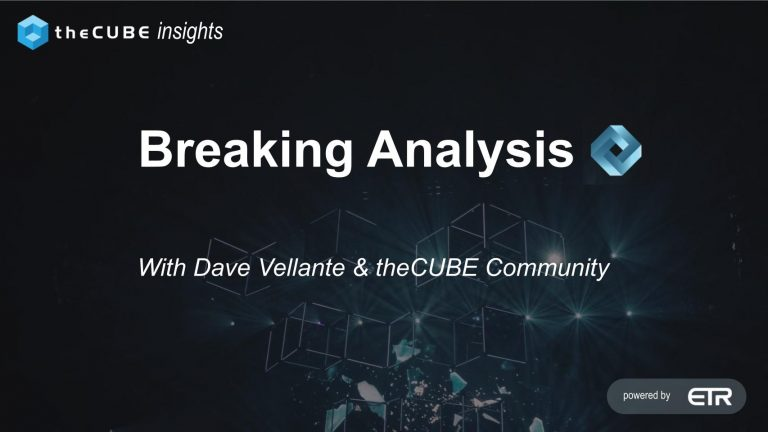Join our daily and weekly newsletters for the latest updates and exclusive content on industry-leading AI coverage. Learn More
OpenAI announced plans to release its first “open-weight” language model since 2019, marking a dramatic strategic shift for the company that built its business on proprietary AI systems.
Sam Altman, OpenAI’s chief executive, revealed the news in a post on X on Monday. “We are excited to release a powerful new open-weight language model with reasoning in the coming months,” Altman wrote. The model would allow developers to run it on their own hardware, departing from OpenAI’s cloud-based subscription approach that has driven its revenue.
“We’ve been thinking about this for a long time but other priorities took precedence. Now it feels important to do,” Altman added.
The announcement coincided with OpenAI securing $40 billion in new funding at a $300 billion valuation — the largest fundraise in the company’s history.
These major developments follow Altman’s admission during a February Reddit Q&A that OpenAI had been “on the wrong side of history” regarding open-source AI — a statement prompted by January’s release of DeepSeek R1, an open-source model from China that reportedly matches OpenAI’s performance at just 5-10% of the operating cost.
— Sam Altman (@sama) March 31, 2025TL;DR: we are excited to release a powerful new open-weight language model with reasoning in the coming months, and we want to talk to devs about how to make it maximally useful: https://t.co/XKB4XxjREV
we are excited to make this a very, very good model!
__
we are planning to…
OpenAI faces mounting economic pressure in a marketplace increasingly dominated by efficient open-source alternatives. The company reportedly spends $7-8 billion annually on operations, according to AI scholar Kai-Fu Lee, who recently questioned OpenAI’s sustainability against competitors with fundamentally different cost structures.
“You’re spending $7 billion or $8 billion a year, making a massive loss, and here you have a competitor coming in with an open-source model that’s for free,” Lee said in a Bloomberg Television interview last week, comparing OpenAI’s finances with DeepSeek AI.
Meta’s Llama models have established formidable market presence since their 2023 debut, surpassing one billion downloads as of this March. This widespread adoption demonstrates how quickly the field has shifted toward open models that can be deployed without the recurring costs of API-based services.
Clement Delangue, CEO of Hugging Face, celebrated the announcement, writing: “Amazing news for the field and the world. Everyone benefits from open-source AI!”
Amazing news for the field and the world. Everyone benefits from open-source AI! @elonmusk where’s open groq? https://t.co/ATThJQKIUH
— clem ? (@ClementDelangue) March 31, 2025
OpenAI’s move represents a high-stakes bet that could either secure its future relevance or accelerate its financial challenges. By releasing an open model, the company implicitly acknowledges that foundation models are becoming commoditized — an extraordinary concession from a company that has raised billions on the premise that its proprietary technology would remain superior and exclusive.
The economics of AI have shifted dramatically since OpenAI’s founding. Training costs have fallen precipitously as hardware efficiency improves and algorithmic innovations like DeepSeek’s approach demonstrate that state-of-the-art performance no longer requires Google-scale infrastructure investments.
For OpenAI, this creates an existential dilemma: maintain course with increasingly expensive proprietary models or adapt to a market that increasingly views base models as utilities rather than premium products. Their choice to release an open model suggests they’ve concluded that relevance and ecosystem influence may ultimately prove more valuable than short-term subscription revenue.
This decision also reflects the company’s growing realization that competitive moats in AI may not lie in the base models themselves, but in the specialized fine-tuning, domain expertise, and application development that build upon them.
OpenAI emphasizes that safety remains central to its approach despite embracing greater openness. “Before release, we will evaluate this model according to our preparedness framework, like we would for any other model. And we will do extra work given that we know this model will be modified post-release,” Altman wrote.
This represents the fundamental tension in open-weight releases: once published, these models can be modified, fine-tuned, and deployed in ways the original creators never intended. OpenAI’s challenge lies in creating guardrails that maintain reasonable safety without undermining the very openness they’ve promised.
The company plans to host developer events to gather feedback and showcase early prototypes, beginning in San Francisco in the coming weeks before expanding to Europe and Asia-Pacific regions. These sessions may provide insight into how OpenAI plans to balance openness with responsibility.
For enterprise customers, OpenAI’s move could significantly reshape AI implementation strategies. Organizations that have hesitated to build critical infrastructure atop subscription-based models now have reason to reconsider their approach. The ability to run models locally addresses persistent concerns around data sovereignty, vendor lock-in, and long-term cost management.
This shift particularly matters for regulated industries like healthcare, finance, and government, where data privacy requirements have limited cloud-based AI adoption. Self-hosted models potentially enable these sectors to implement AI in previously restricted contexts, though questions around compute requirements and operational complexity remain unanswered.
For existing OpenAI enterprise customers, the announcement creates uncertainty about long-term investment strategies. Those who have built systems atop GPT-4 or o1 APIs must now evaluate whether to maintain that approach or begin planning migrations to self-hosted alternatives — a decision complicated by the lack of specific details about the forthcoming model’s capabilities.
OpenAI’s pivot highlights a broader industry trend: the commoditization of foundation models and the shifting focus toward specialized applications. As base models become increasingly accessible, differentiation increasingly happens at the application layer — creating opportunities for startups and established players alike to build domain-specific solutions.
This doesn’t mean the race to build better base models has ended. Rather, it suggests that the economics of exclusively proprietary models may no longer be viable for most organizations, including perhaps even OpenAI itself. The field appears to be converging on a hybrid approach where some capabilities remain proprietary while core technologies become more accessible.
For competitors like Anthropic and Google’s Gemini team, OpenAI’s strategy shift creates new pressure to differentiate their offerings or consider similar open releases. The announcement may accelerate an industry-wide recalibration of business models and go-to-market strategies.
OpenAI’s relationship with open source reflects the contradictions at the heart of the organization. Founded in 2015 as a non-profit with a mission to ensure artificial general intelligence benefited humanity broadly, OpenAI initially championed openness as core to its identity. Early research papers and smaller models like GPT-2 were shared openly with the research community.
The creation of OpenAI LP in 2019 marked a pivotal shift toward commercialization and increasingly proprietary approaches. As models like GPT-3 and GPT-4 demonstrated unprecedented capabilities, the company restricted access to both the models themselves and details about their construction. This apparent contradiction between name and practice drew criticism from AI researchers and open-source advocates.
Ironically, as OpenAI evolved toward closed systems, competitors like Meta embraced openness, releasing powerful models with fewer restrictions. The success of these open alternatives — coupled with innovations from newcomers like DeepSeek — created market pressures that appear to have forced OpenAI to reconsider its approach.
“We’re excited to see what developers build and how large companies and governments use it where they prefer to run a model themselves,” Altman wrote, hinting at the enterprise and public sector applications the company envisions.
The company that once defined itself by openness, then built a multi-billion-dollar business on closed systems, now finds itself returning to its roots — not necessarily by choice, but because the economics of AI have shifted beneath its feet. In an industry that moves at breakneck speed, perhaps the greatest irony is that OpenAI may have finally lived up to its name only after the market left it no alternative.
If you want to impress your boss, VB Daily has you covered. We give you the inside scoop on what companies are doing with generative AI, from regulatory shifts to practical deployments, so you can share insights for maximum ROI.
Read our Privacy Policy
Thanks for subscribing. Check out more VB newsletters here.
An error occured.












